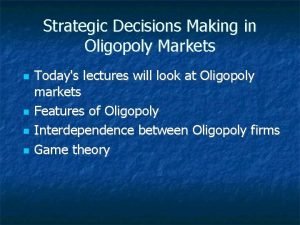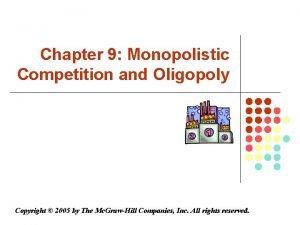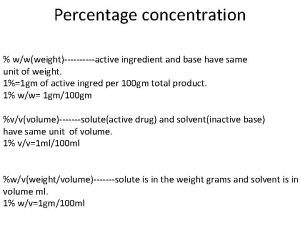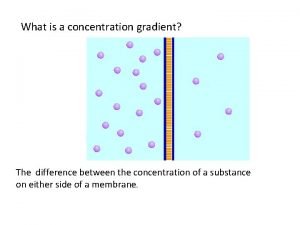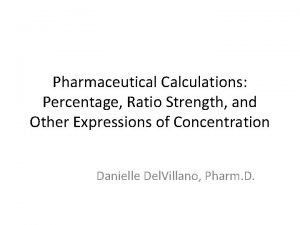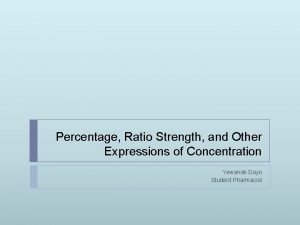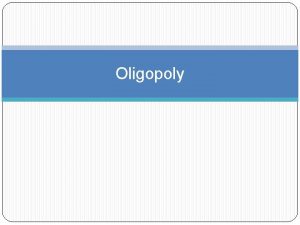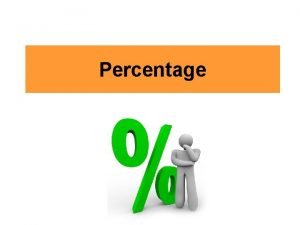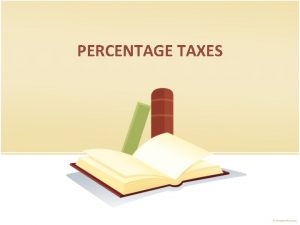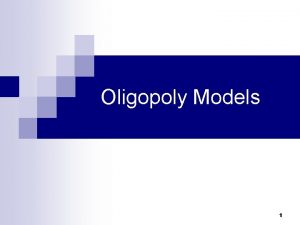OLIGOPOLY Measuring Market Concentration Concentration ratio the percentage










- Slides: 10

OLIGOPOLY

Measuring Market Concentration • Concentration ratio: the percentage of the market’s total output supplied by its four largest firms. • The higher the concentration ratio, the less competition. • This chapter focuses on oligopoly, a market structure with high concentration ratios.

Concentration Ratios in Selected U. S. Industries Industry Video game consoles Tennis balls Credit cards Batteries Soft drinks Web search engines Breakfast cereal Cigarettes Greeting cards Beer Cell phone service Autos Concentration ratio 100% 99% 94% 93% 92% 89% 88% 85% 82% 79%

Oligopoly • Oligopoly: a market structure in which only a few sellers offer similar or identical products. • Strategic behavior in oligopoly: A firm’s decisions about P or Q can affect other firms and cause them to react. The firm will consider these reactions when making decisions. • Game theory: the study of how people behave in strategic situations. OLIGOPOLY

EXAMPLE: Cell Phone Duopoly in Smalltown P Q $0 140 5 130 § Smalltown has 140 residents 10 120 15 110 § The “good”: 20 100 25 90 30 80 35 70 40 60 (duopoly: an oligopoly with two firms) 45 50 § Each firm’s costs: FC = $0, MC = $10 cell phone service with unlimited anytime minutes and free phone § Smalltown’s demand schedule § Two firms: T-Mobile, Verizon 5

Collusion vs. Self-Interest • Both firms would be better off if both stick to the cartel agreement. • But each firm has incentive to renege on the agreement. • Lesson: It is difficult for oligopoly firms to form cartels and honor their agreements. OLIGOPOLY 6

A Comparison of Market Outcomes When firms in an oligopoly individually choose production to maximize profit, • oligopoly Q is greater than monopoly Q but smaller than competitive Q. • oligopoly P is greater than competitive P but less than monopoly P. OLIGOPOLY 7

The Output & Price Effects • Increasing output has two effects on a firm’s profits: • Output effect: If P > MC, selling more output raises profits. • Price effect: Raising production increases market quantity, which reduces market price and reduces profit on all units sold. • If output effect > price effect, the firm increases production. • If price effect > output effect, the firm reduces production. OLIGOPOLY 8

The Size of the Oligopoly • As the number of firms in the market increases, • the price effect becomes smaller • the oligopoly looks more and more like a competitive market • P approaches MC • the market quantity approaches the socially efficient quantity Another benefit of international trade: Trade increases the number of firms competing, increases Q, brings P closer to marginal cost OLIGOPOLY 9

THANK YOU
 Oligopoly examples
Oligopoly examples Example of oligopoly market structure
Example of oligopoly market structure Percent concentration
Percent concentration Whats a concentration gradient
Whats a concentration gradient Movement of high concentration to low concentration
Movement of high concentration to low concentration Leader challenger
Leader challenger Steps in market segmentation
Steps in market segmentation Ratio proportion variation
Ratio proportion variation Percentage by strength formula
Percentage by strength formula Radio and proportion
Radio and proportion Express 5 ppm of iron in water in percentage strength.
Express 5 ppm of iron in water in percentage strength.
